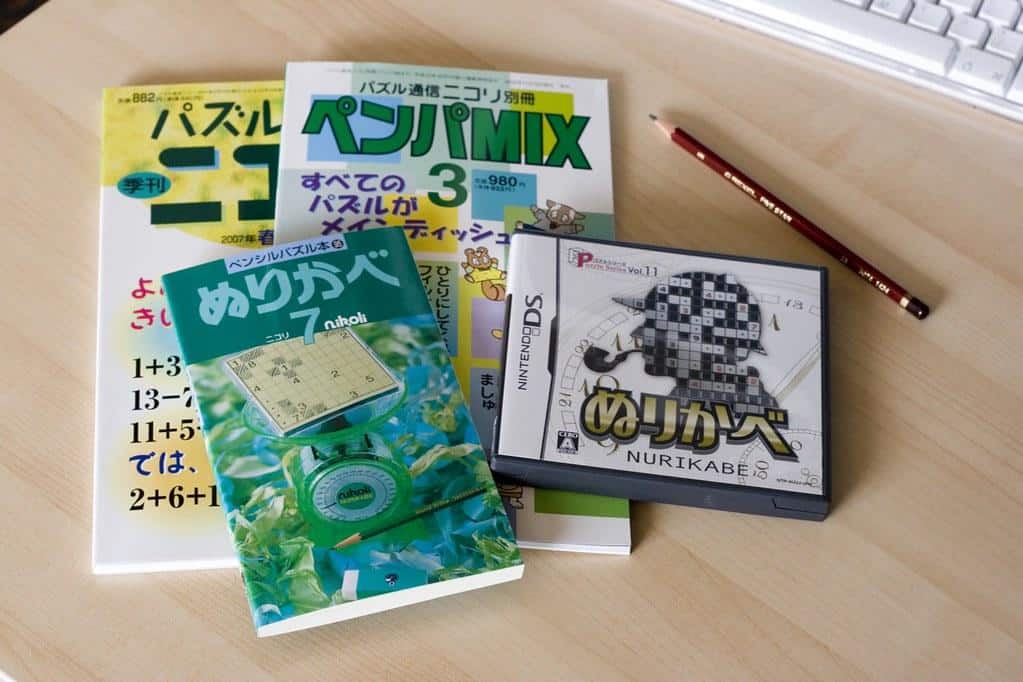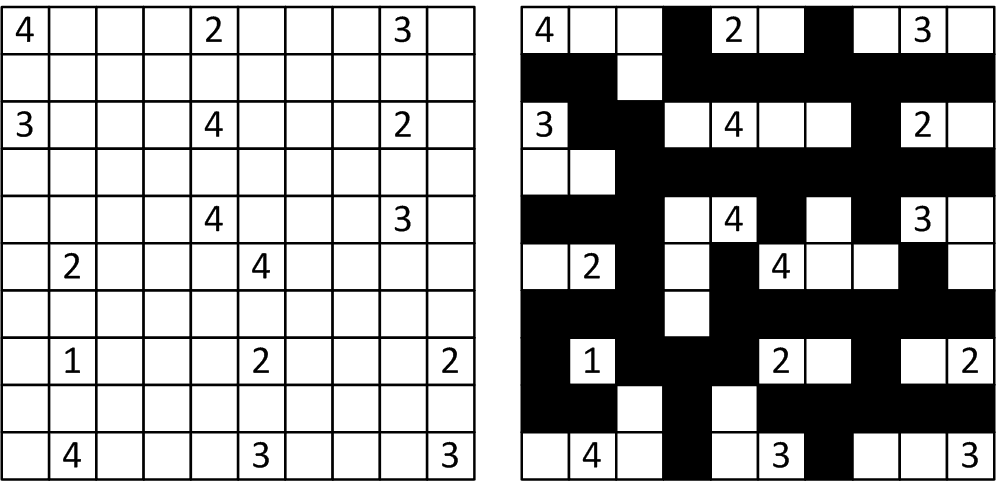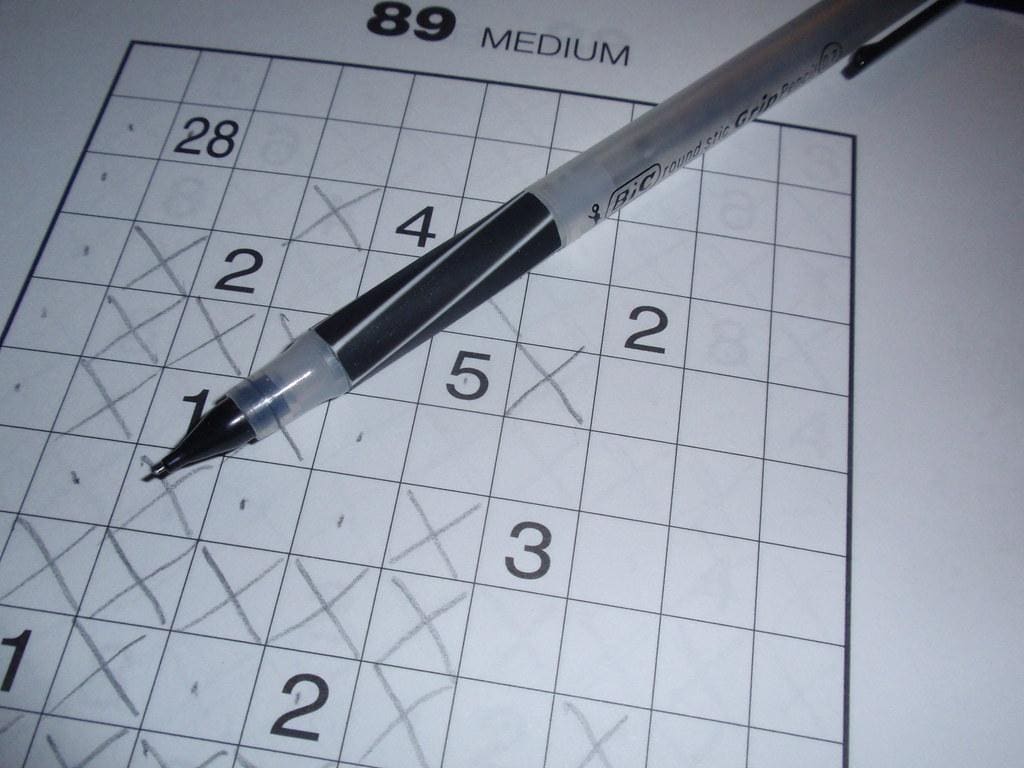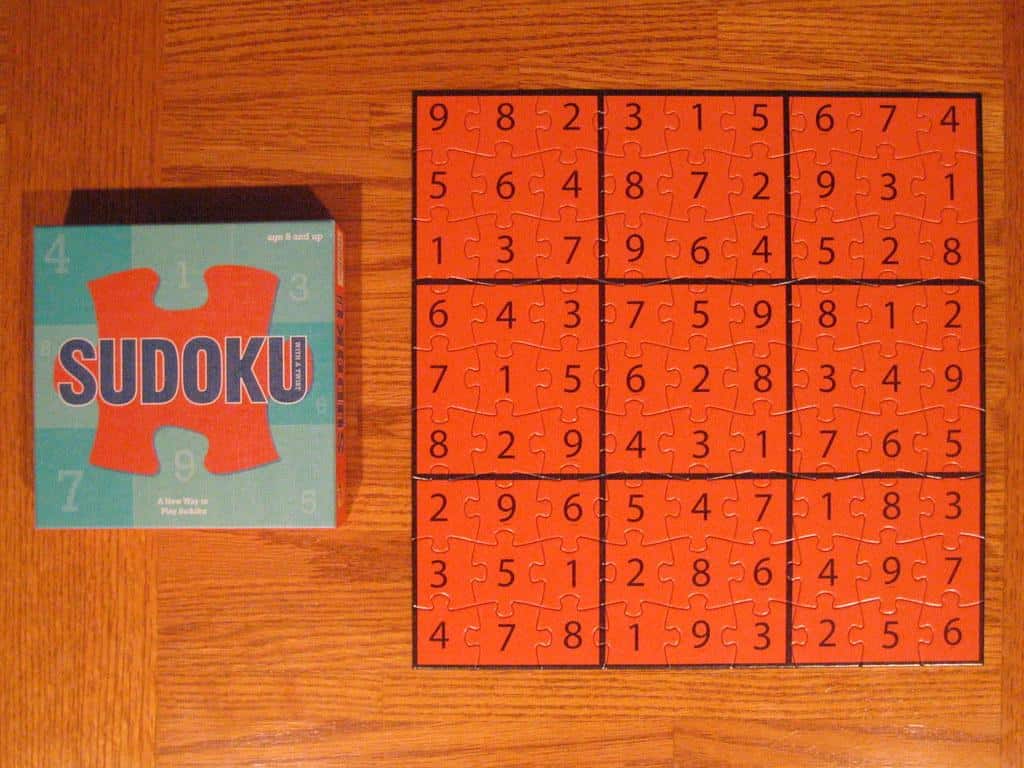Nurikabe is a Japanese logic puzzle that has gained popularity worldwide. It is a type of puzzle that involves filling a grid with numbers, where the goal is to divide the grid into regions, with each region containing one number, and the number indicates the size of the region. Additionally, each region should be connected and form a continuous area, and the rest of the grid should be filled with “water,” which means empty cells that do not form part of any region.
Nurikabe 101
Step 1: Understand the Rules
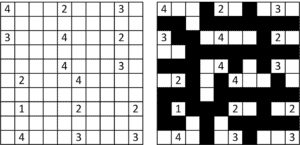
The first step in solving a Nurikabe puzzle is to understand the rules. As mentioned before, the puzzle is played on a rectangular grid that is divided into cells. Some cells contain a number, and the rest of the cells are empty. The objective is to divide the grid into regions, where each region contains one number, and the size of the region corresponds to the number in the cell. The regions should be connected and form a continuous area, and the empty cells should be filled with water.
Step 2: Look for Clues
The next step is to look for clues. In most Nurikabe puzzles, some cells are already filled with either numbers or water. These cells provide clues that can help you solve the puzzle. Start by looking at the cells with numbers, as they are the most significant clues. The number in each cell indicates the size of the region that contains it. Thus, if a cell contains the number 3, the region that contains it should have three cells.
Step 3: Use Logic
After examining the clues, you need to use logic to fill in the rest of the cells. Begin by marking cells that you know are filled with water. Any empty cell that is not part of a region should be filled with water. Additionally, if two regions are adjacent, they should be separated by water. The same applies to regions that touch the border of the grid.
Step 4: Build the Regions
The next step is to start building the regions. Begin with the smallest number in the grid and work your way up. If a cell contains the number 1, the region that contains it should have only one cell. If a cell contains the number 2, the region that contains it should have two cells. Start by marking the cell that contains the number and then add the adjacent cells until you reach the required size. Remember that the region should be connected and form a continuous area. Additionally, the region should not touch any other region horizontally or vertically. If you encounter a situation where it is not possible to add more cells to a region, mark the remaining adjacent cells with water.
Step 5: Continue Building
Continue building the regions until you fill the entire grid with water and regions. Remember that each region should contain only one number and be the size indicated by that number. Additionally, the regions should be connected and form a continuous area, and the empty cells should be filled with water.
Step 6: Check for Mistakes
After you have completed the puzzle, check it for mistakes. Make sure that each region contains the correct number of cells, and that the regions are connected and form a continuous area. Additionally, ensure that there are no isolated cells or groups of cells that are not part of any region.
Nurikabe is a fun and challenging puzzle that requires logical thinking and problem-solving skills. By following the steps outlined above, you can solve your first Nurikabe puzzle successfully. Remember to start by understanding the rules, looking for clues, using logic, building the regions, and checking for mistakes.
With practice, you will find that solving Nurikabe puzzles becomes more natural, and you will be able to solve them more quickly. Here are a few tips to keep in mind as you continue to work on Nurikabe puzzles:
- Start with small puzzles: If you are new to Nurikabe puzzles, start with smaller grids, such as 5×5 or 6×6. These puzzles are easier to solve and will help you get familiar with the rules and techniques.
- Look for patterns: As you solve more puzzles, you will start to notice patterns and techniques that you can use to solve the puzzles more efficiently. Keep track of these patterns and use them to your advantage in future puzzles.
- Practice regularly: Like any skill, solving Nurikabe puzzles requires practice. Set aside some time each day to work on puzzles, and try to challenge yourself by tackling more difficult puzzles as you improve.
- Stay organized: Keep track of your progress as you work through a puzzle. Mark cells with water or numbers, and keep a record of the regions that you have built. This will help you avoid mistakes and make the puzzle-solving process more efficient.
Nurikabe puzzles are a fun and challenging way to exercise your logical thinking and problem-solving skills. By following the steps outlined in this article and practicing regularly, you can become an expert at solving Nurikabe puzzles. So why not give it a try and see how quickly you can solve your first puzzle?
Keywords: Nurikabe, logic puzzle, grid, regions, water, clues, patterns, practice.
Check out our Novel Writing Workbooks
Check out Little Tree Food Forest for articles on food forests and homesteading.
Check out FoodieScapes for articles on growing, fermenting and preserving food
Check out StoryScapes.World for articles on writing.
Subscribe to our newsletter to get information delivered to your inbox on homesteading, growing food, food preparation, travel, fishing, and more.







